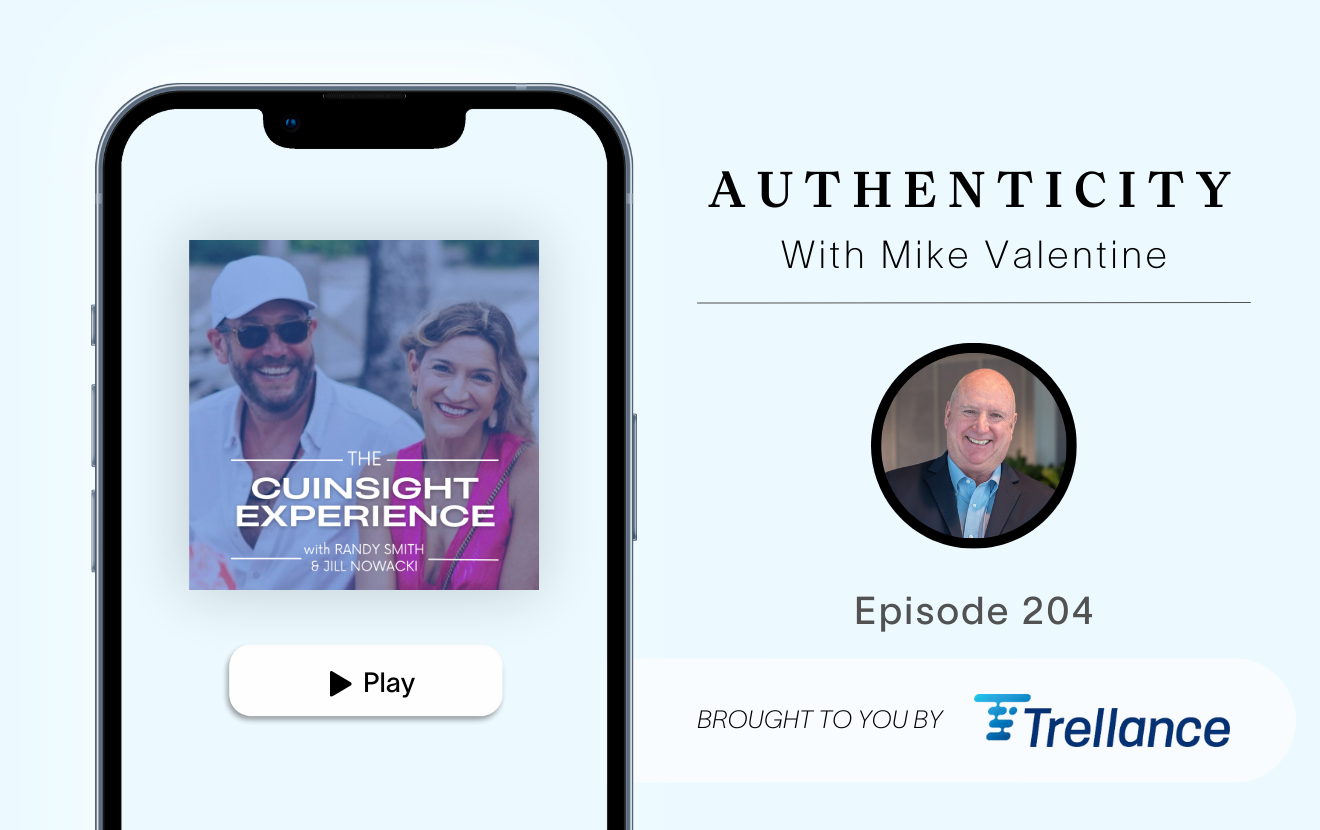I was clueless the first time I spoke to an executive recruiter.
In my mid-20s, I was fortunate to have a job that connected me well to industry leaders. When a recruiter called to ask if I knew anyone who would be a great fit as the President/CEO of a trade association based in my home state, I assumed he was calling for a referral. I rattled off a few names before he stopped me: Listen. You’ve never worked with a recruiter before, have you? I’m calling to ask if you would consider applying.
I laughed out loud. My demographics did not match what I thought he was looking for.
While he acknowledged that I might not seem like a perfect match, he liked what he had heard and encouraged me to apply. He shepherded me through the experience, offering guidance about the process, the expectations, the members of the Board, and the qualities they were seeking. His commitment to his client was to uncover the best talent available, and he knew the only way to do that was to get to know—and help tell—the story of every candidate. At the conclusion of that search, even though I was not chosen for that job, I was confident that I had presented well as a candidate.
The next time I applied for a position with an executive recruiter, I did not get a call back.
I didn’t the next time either.
In fact, when I was ultimately hired as a first-time CEO, I had initially been excluded from the candidate pool. It was only after I mentioned my interest to someone on the search committee that I was considered, and only then because she demanded it. This was a frustrating experience for my eventual employer who had not been happy with the candidates initially presented. When they had asked about the lack of diversity, they were told they had been presented all qualified candidates the recruiter had reviewed. In this case, it was not that I was unqualified; it was that the recruiter had not looked at my application.
What was the difference in these starkly contrasting experiences? Had some mysterious algorithm locked me out of some searches, but let me into others?
The executive search experience can be frustrating for both candidates and hiring managers. Traditional search methods often lead to homogenous candidate pools that leave organizations wondering where the rest of the talent is and candidates uncertain if their applications were ever received.
While emerging technology has opened channels that allow for much wider reach, it has also depersonalized many elements of the job search. Some recruitment processes have struggled to strike the balance needed to maintain the human connection with the increasing number of candidates that technology brings. Overwhelmed with resumes, recruiters may slip into the habit of seeking the familiar: Candidates they know, who they have previously placed, or who have been referred directly. Exclusion from searches does not always stem from a systematically biased algorithm, but the persistent human bias of “in-group promotion.” Consideration comes down to who you know and who knows you, not progressing much beyond directly inviting people we know to apply for open positions. This method might seem safe, but often results in teams of individuals with similar backgrounds and ways of thinking, limiting the team’s capacity for innovation and deep understanding of diverse member groups.
If your organization is committed to attracting diverse talent and perspectives that will drive your organization forward, consider these four items before you kick off your recruitment process:
- Set an intention for direct recruiting:It is still true that most people find jobs because of who they know. It is also true that humans tend to know people like themselves. Therefore, when your recruiter invites contacts to apply for a position, there is a likelihood that these candidates may be very similar to one another. Ensure your approach to direct recruitment goes beyond one individual’s network and is intentionally inclusive of broad demographics and backgrounds.
- Consider where to post your position:Using typical social media channels and inside-the-industry advertising sources will lead to a full talent pool with a high number of applicants. This pool may not reflect the community you serve and may not bring in talent outside a more traditional bubble, though. If your organization is committed to vetting a talent pool that is likely to understand your community and your members, your recruiter should expand his or her search efforts beyond industry channels to reach into your specific community, too.
- Be consistent with internal candidates: Organizations do not always know the full story of the latent talent already on staff, missing opportunities to promote well-qualified individuals. Long-time employees may end up with fewer opportunities for growth when assumptions are made about their skills, strengths, and ambitions. This is why many talented executives wonder if the only way to move up is to move out of an organization. Strategically recruit within your organization for promotions and new positions, at least as much as you would externally. The talent you already have on staff may surprise and delight you—and it comes with institutional knowledge!
- Refine your requirements: One of the most common ways organizations inadvertently perpetuate homogeny in leadership is by assuming that the experience, traits, and background held by a successful incumbent should be replicated. When defining the ideal candidate profile, scrutinize why something is included as a necessary qualification. Must your CEO be a CPA when accounting and finance functions are delegated? Is there a correlation between holding a Master’s Degree and being a successful VP-Lending? Be careful, too, about the years of experience you require. If, for example, you want to hire a Chief Digital Officer with 10-15 years of experience in mobile banking, you will have a limited pool: The iPhone was not invented until 2007 and mobile banking was not ubiquitous until after that pivotal event. Engage in strategic conversations about what it really takes for a candidate to be successful in carrying out the objectives of a specific role, then remove any non-essential requirements from the job posting.
As unemployment remains historically low, the freelance economy attracts talented professionals seeking flexible options, and human capital remains the most important way credit unions can differentiate, the stakes have never been higher in the war for talent. Be sure your executive search processes are designed to attract and include the best of who is available.
In October 2019, O’Rourke and Associates became a division of Humanidei. This progressive change was made to reinvent the gold standard of executive recruiting in the credit union space, recognizing that organizations won’t be successful in attracting today’s talent with yesterday’s techniques.








